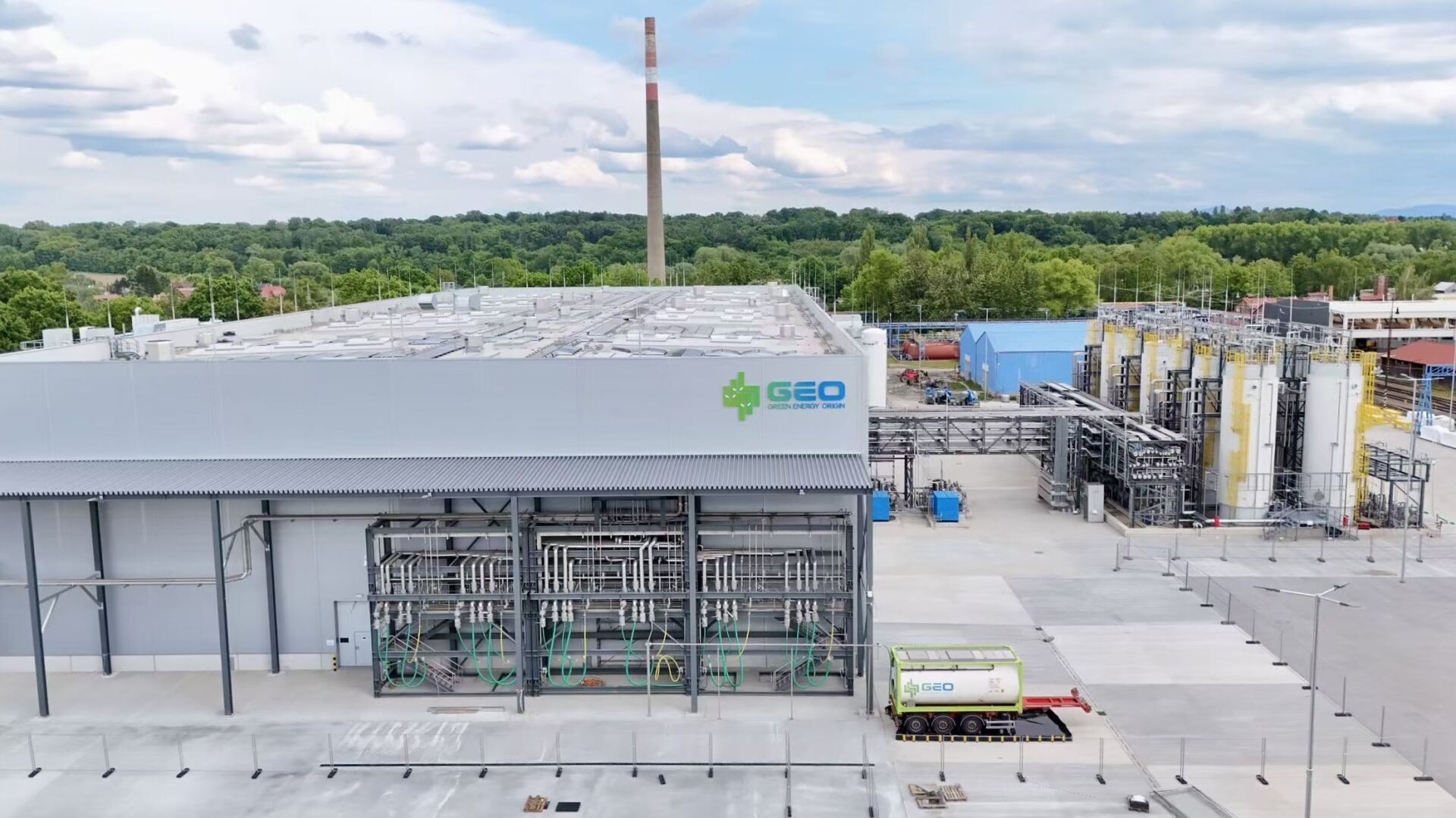A new study reveals that darker dyes—particularly purple—cause PET fabrics to break down faster under sunlight, increasing microplastic pollution in our oceans. Researchers highlight how this transformation poses an urgent environmental concern for everyday textile products.
Dark Dyes Accelerate Plastic Fiber Release: New Insights Into Ocean Microplastic Formation
Key Takeaways:
- Darker PET fabric colors fragment into microfibers more rapidly than lighter ones
- Sunlight exposure serves as a catalyst for microfiber release
- Purple textiles pose a higher risk of shedding microplastics
- These fibers contribute significantly to ocean pollution
- The study offers vital insights into how everyday fabric choices can impact the environment
Background on PET Microfiber Pollution
Polyethylene terephthalate (PET) is among the world’s most commonly used plastics, finding its way into everything from beverage bottles to everyday clothing. As scientific attention on microplastics grows, researchers are increasingly turning an eye to textile fibers that end up in our waterways.
Dark Dye Discovery
A research team, including scientists noted by the Chinese Academy of Sciences, found that darker-colored PET fabrics release microfibers at a faster rate than lighter counterparts. According to the study, “darker-colored textiles—especially purple ones—fragment faster than lighter colors,” underscoring the surprising relevance of fabric dye intensity.
Role of Sunlight in Fragmentation
Sunlight, the team discovered, is a key driver behind microfiber release. Prolonged UV exposure weakens the structural integrity of PET, causing the material to degrade more quickly. “A research team sheds light on how sunlight exposure drives the transformation,” the findings note, linking day-to-day textile use with global microplastic concerns.
Environmental Implications
Once these microfibers are shed, they make their way into rivers and oceans. The study warns that the buildup of such fibers in marine ecosystems can have complex repercussions for aquatic life and could eventually enter the human food chain. Although microplastics have been on the environmental radar for years, these fresh insights into how dyes can amplify microfiber shedding add urgent new dimensions to the conversation.
Looking Ahead
Dark dyes might confer a stylish edge, but they also carry serious environmental implications. For consumers and industry leaders alike, understanding how color selection speeds up microfiber release encourages more responsible textile choices. With growing concern over microplastics, future research may explore avenues to reduce textile fragmentation or develop new fabric treatments that mitigate microfiber pollution.











